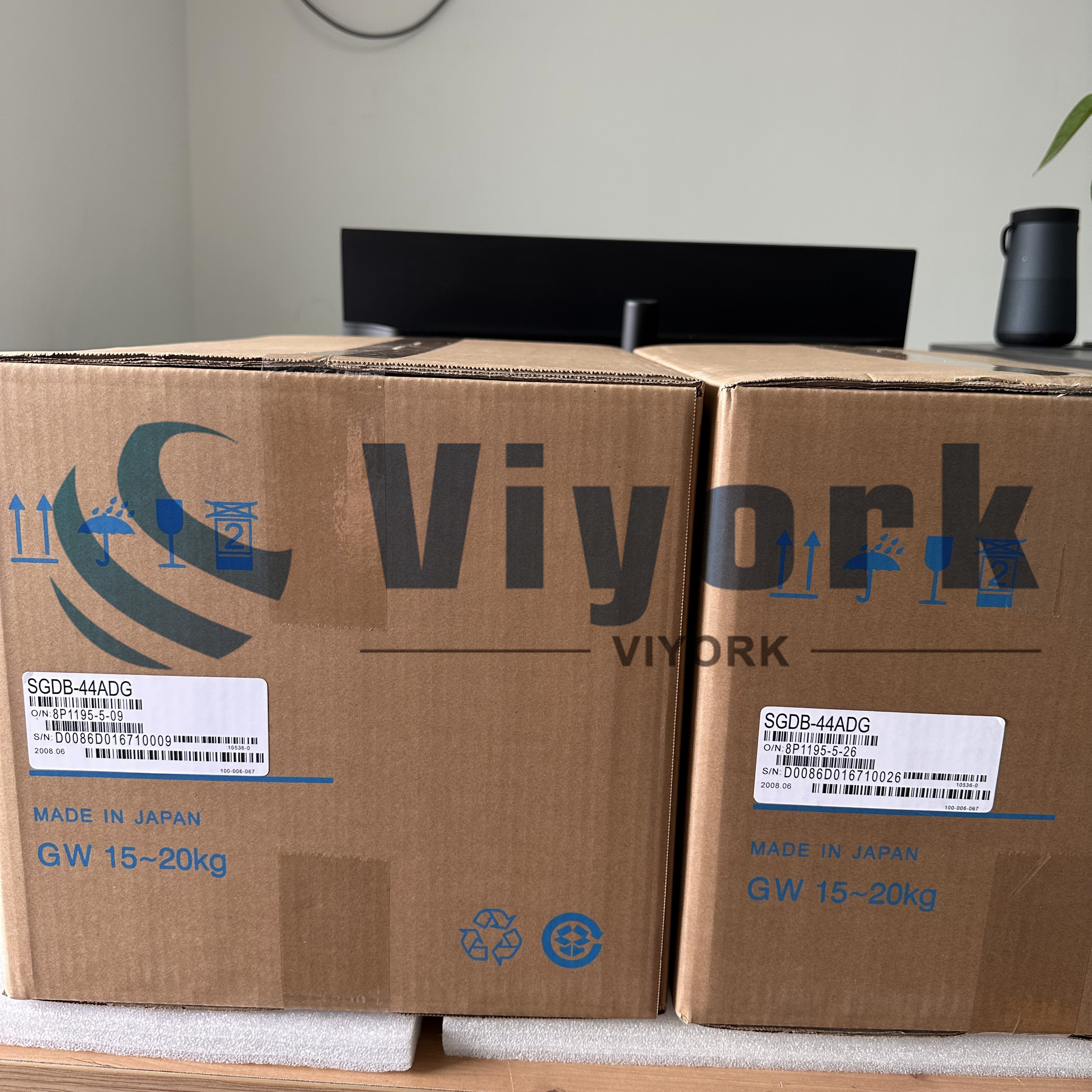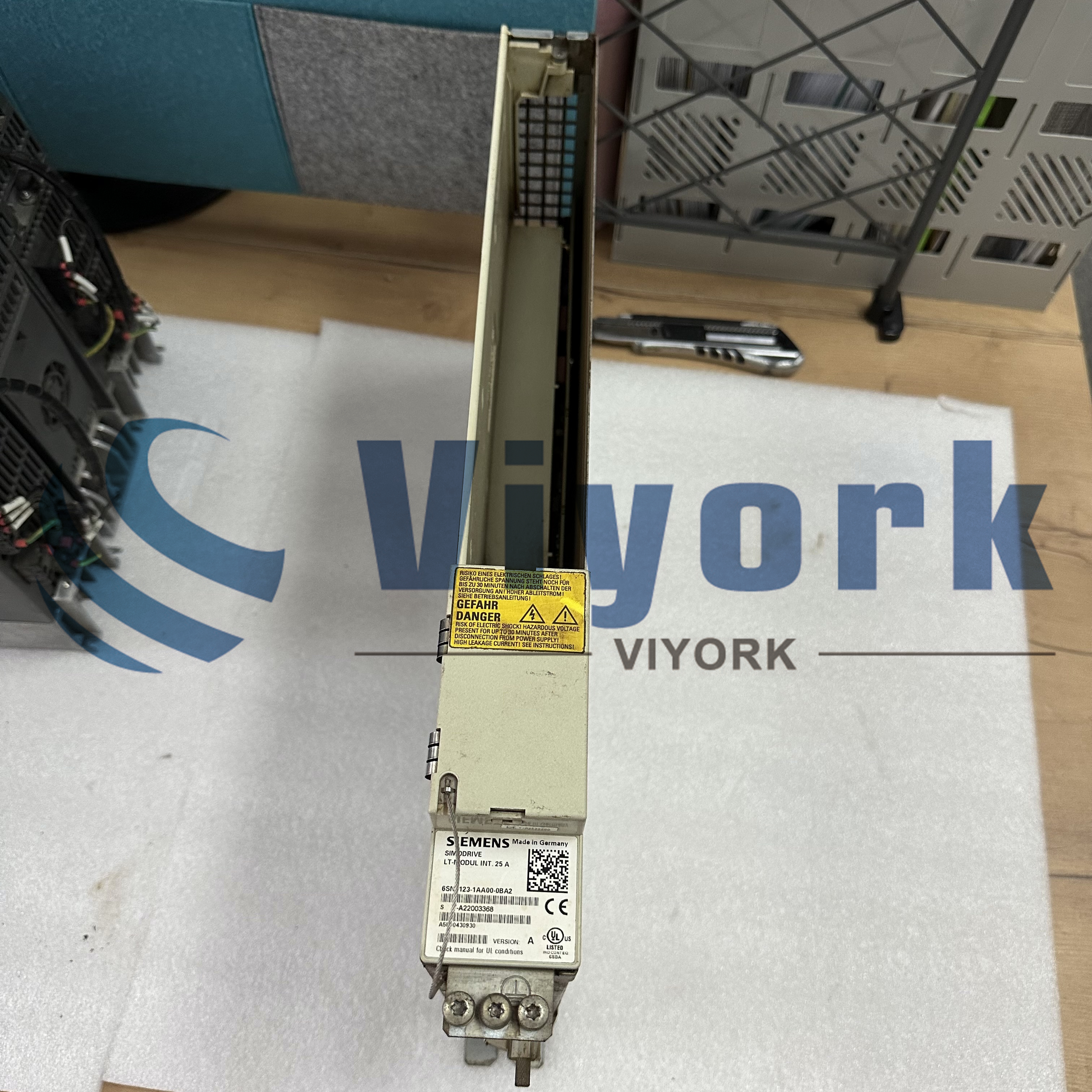The stator structure of an AC servo motor is basically similar to a capacitor split-phase single-phase asynchronous motor. Its stator is equipped with two windings positioned 90° apart. One is the excitation winding, which is always connected to the AC voltage; the other is the control winding, which is connected to the control signal voltage.
The working principle of an AC servo motor is fundamentally no different from that of a single-phase induction motor. However, an AC servo motor must be able to overcome the so-called "self-rotation" phenomenon of AC servo motor, meaning it should not rotate when there is no control signal, and particularly, if it is already rotating, it should be able to stop immediately when the control signal disappears. Ordinarily, once a regular induction motor starts rotating, it continues to do so even if the control signal vanishes.
When the motor is originally in a stationary state, if the control voltage is not applied to the control winding, only the excitation winding will be energized, producing a pulsating magnetic field. This pulsating magnetic field can be considered as two circular rotating magnetic fields. These two circular rotating magnetic fields rotate in opposite directions with the same magnitude and speed. The established forward and reverse rotating magnetic fields respectively cut through the cage winding (or cup-shaped wall), inducing equal and opposite phase electromotive forces and currents (or eddy currents). The torques generated by these currents with their respective magnetic fields are also equal in magnitude and opposite in direction, resulting in a net torque of zero, hence the servo motor rotor does not rotate. Once there is a deviation signal from the control system, the control winding will receive the corresponding control voltage.
During the operation of the AC servo motor, if the control signal drops to "zero", the excitation current still exists, generating a pulsating magnetic field in the air gap. This pulsating magnetic field can be regarded as the synthesis of a forward and a reverse rotating magnetic field. Once the control signal disappears, the air gap magnetic field transforms into a pulsating magnetic field, which can be seen as the synthesis of a forward and a reverse rotating magnetic field. Due to the inertia of the rotor, the AC servo motor produces a braking torque opposite to the original rotation direction of the rotor. Under the combined effect of the load torque and the braking torque, the rotor rapidly stops.
Ordinary two-phase and three-phase asynchronous motors normally operate in a symmetrical state, where asymmetrical operation is considered a fault condition. On the other hand, an AC servo motor can achieve control purposes through different degrees of asymmetrical operation. This is the fundamental difference between the operation of an AC servo motor and a regular asynchronous motor.
 Call us on:
Call us on:  Email Us:
Email Us:  1103, Block C, South Building, Luo Fang Road, Luohu District, Shenzhen, 518001, China
1103, Block C, South Building, Luo Fang Road, Luohu District, Shenzhen, 518001, China 








